“Form follows Function.” was a phrase coined by the late Louis Sullivan in 1896 in his article titled The Tall Office Building Artistically Considered. In reality, the phrase was “Form ever follows function”, and was based on Roman ideas of Vitruvius of architecture being solid, useful, and beautiful. There have been several other writings that followed in history on this subject based on this idea as well. “Ornament and Crime” comes to mind quickly. This modern idea developed in the late 19th and early 20th century in architecture and still has what I would call a stronghold in the profession and discipline. This statement essentially became the mantra of Modernism. But is this still an appropriate way to think about architecture and design?
*** Quick note for clarity… I am creating some abbreviations for my use here; Form Follows Function noted as F3, Form over Function (FOF), and Capital A “Architecture” as the notion of what is beyond the basic building structure of architecture. ***
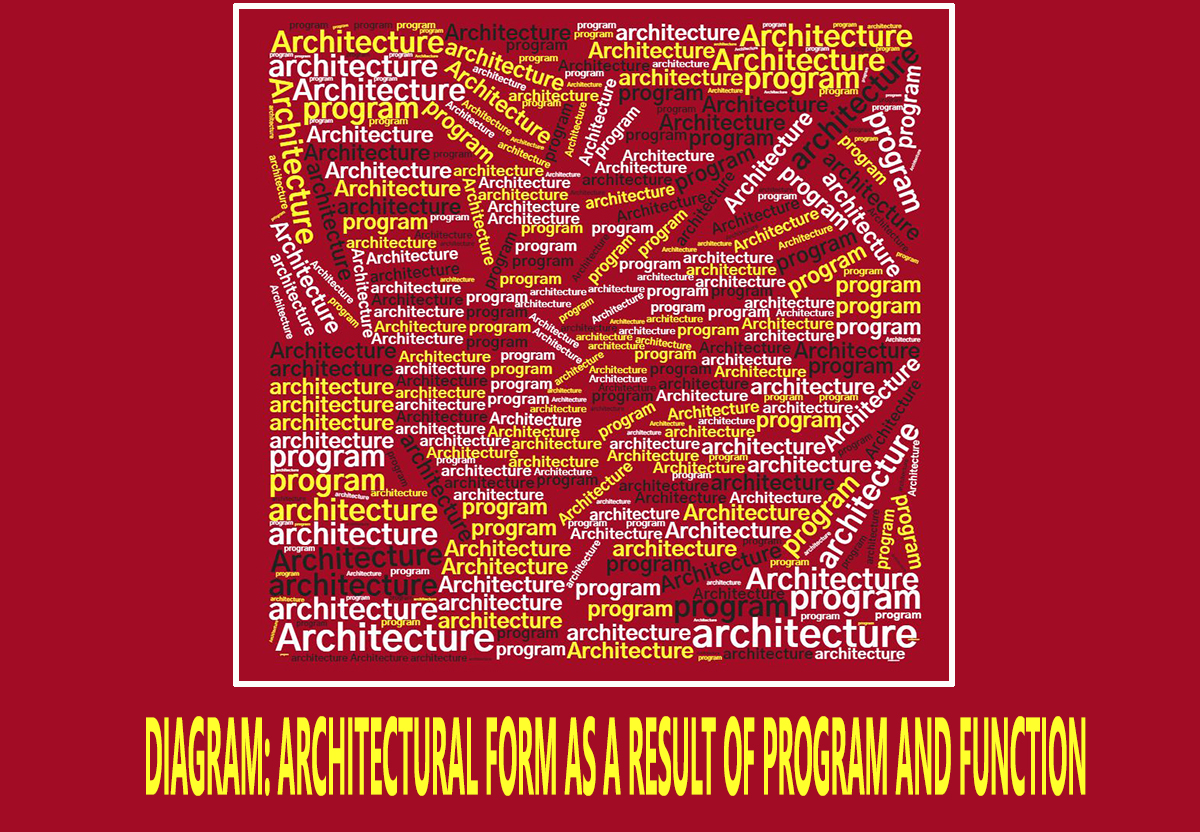
Function yields to Form. This would be another way of stating this position. Architecture is the reflection of the program and the spaces it creates and serves. These elements begin to give the project its Form. This faction believes in the notion of Form Follows Function. The functions of the spaces are the priority in the design process. They represent the primary elements to drive the design and the Form itself. I would go so far as to even state the idea that the programmed spaces are what give this Architecture its meaning. This was embraced by the Modernists of the early and mid-20th century in many aspects of their work. The tectonics, the materials, textures, forms, colors all were influenced and a result of the program or function of the space. There is a very large part of me that falls in line with this ideology. Program is primary. Certainly, this is the truest statement ever made. Right?
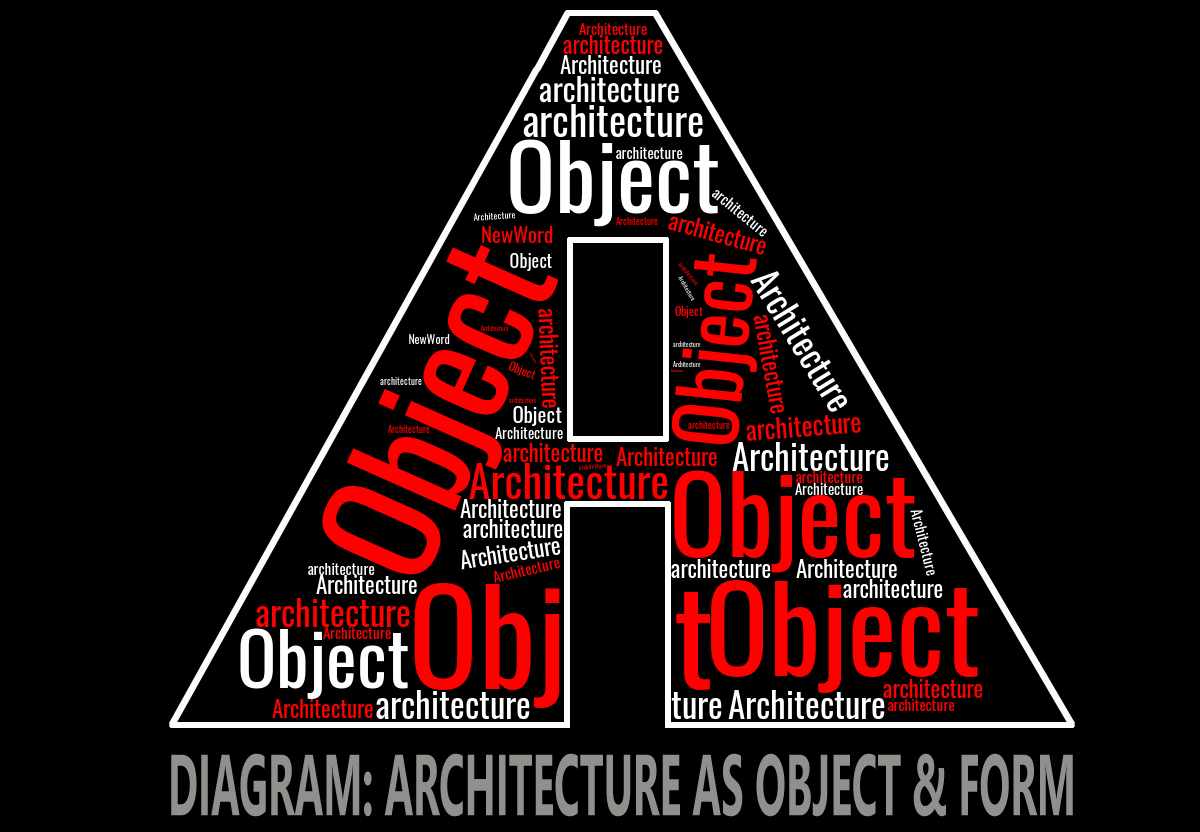
I would say that somewhere in the Post-Modernist era architects began to revolt against this idea on many levels. The idea of Architecture as Object began to be more prevalent. This in many ways is an older and more “classical” approach to Architecture. I would even say that this postmodern ideology has its roots in classical architectural thought, not in the classical sense of ornament, but more in the notion of Architecture as an Object. This can be evidenced in many postmodern designs of buildings that are meant to be understood as singular objects, and quite directly I might say. (looks in the direction of Michael Graves) So from this, I would propose that currently there are two (hopefully three) modes of thought within architecture concerning form and function.
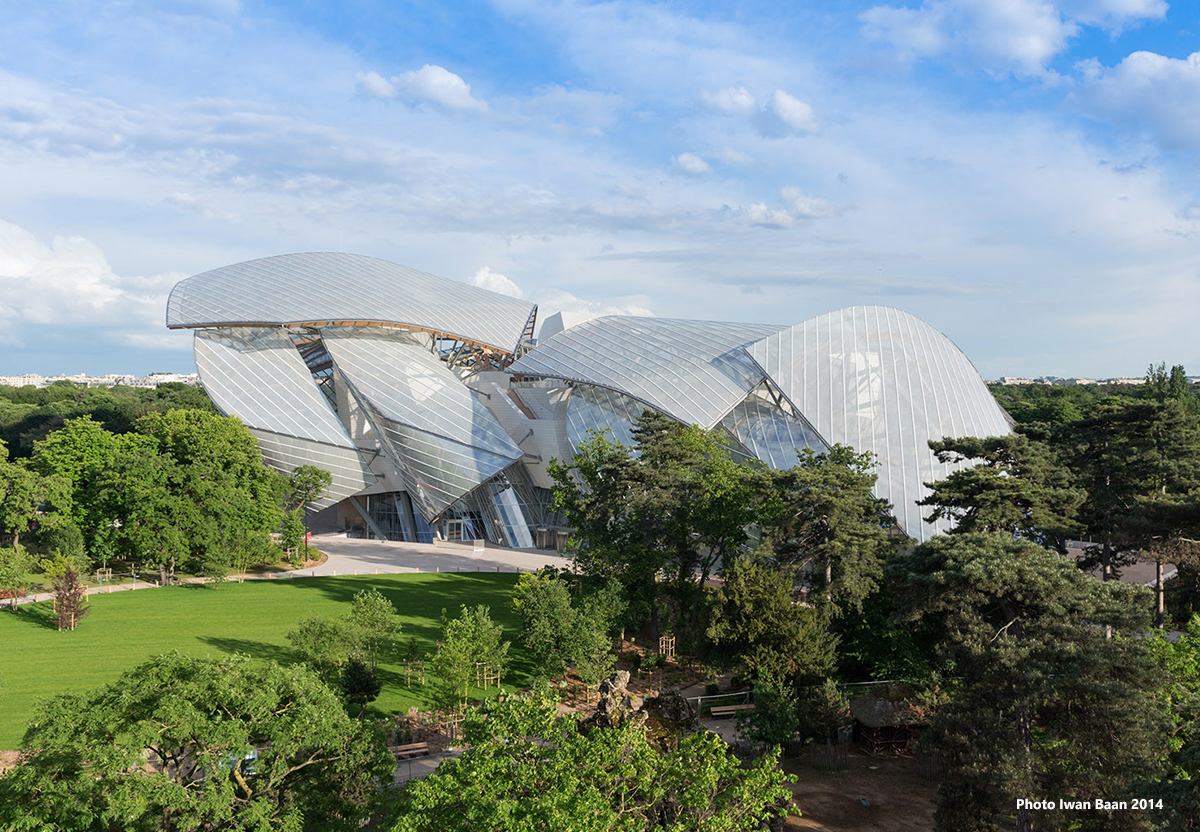
In the opposition to the F3 mentality would it be “Object over Occupants?” … “Form over Function?” Those are my best efforts to turn a quip or catchphrase for the opposing theory. I am sure there may be some other much more eloquent way to phrase it. Simply put it becomes most likely “Architecture as Object”. I would say that this group of architects tends to see Architecture as a form of Art more than the previous group. That may be overstating it a bit as I am certain the F3 group still considers their work as art. Yet I would say this group places a stronger emphasis on Art. So this ideology believes the framework that the Form of the Architectural Object is the most important concept in design. The program or usage is secondary to the notion of the overall form’s creation and expression. The expression of the Form is the “capital A” Architecture. The Form is the ultimate definition of the design and it is paramount to all other elements. Once the form is designed then the program is put into the Form that has been created. Often times squished or molded into some spaces possibly not well suited for the function. In my opinion, this is what many people think all Architects believe, mainly because many of the most well-known architects fall into this camp. Think of Frank Gehry, Zaha Hadid, Rem Koolhas, Daniel Libeskind, etc. as the image that is mostly associated with Architecture. In some ways, I think this is the detriment to our profession as the built works feel very disassociated from the general public and ideologies they readily understand or maybe simply relate to. While as an architect, I can understand the work and see it has some merit, I think that it is very focused on Architecture as Art and Object. And this has given away some of our authority in the world as a whole. I know that others may state that the loss of full creativity is the reason for our depreciation in agency also. It is a consistent argument within our ranks.
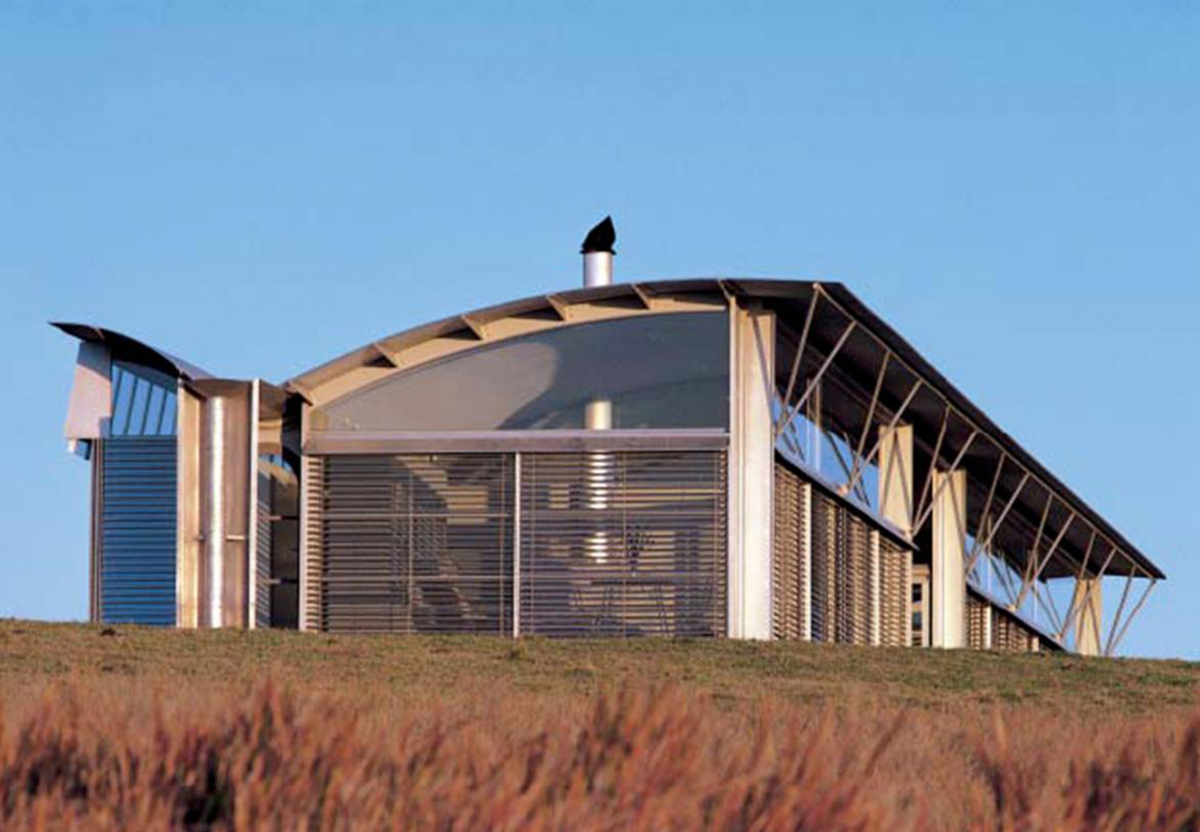
Then I think there is also a third and final faction of architects that attempts to join these two separate ideologies into one. I think that many current architects may fall into this category to some extent. They understand the importance of programmed space but also strive to create meaningful and expressive forms. But even in this pursuit of duality, one element will take precedent over the other. They cannot be equals. While that may be a possibility, I think it is in all honesty very improbable. If I am incorrect, please provide me some examples. Yet the power of this faction comes from the acknowledgment that the two other factions have it incorrect in their singular view. That Architecture must be a balance of both in order to reach that next level of capital “A”. So the success here comes in the attempts to resolve the previous conflicts of the 20th-century theories about Architecture into a solution that is both extremely functional and extremely expressive.
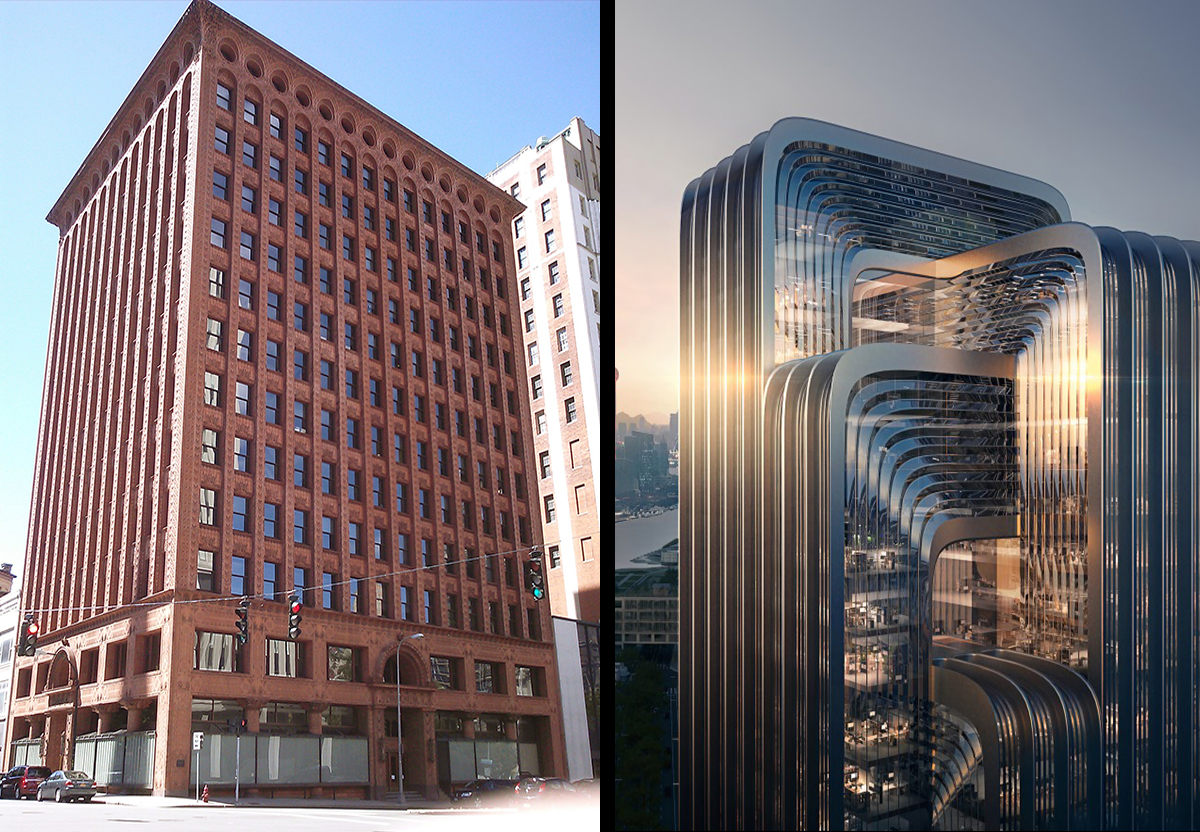
So is one of these attitudes the correct point of view? I am honestly not certain these days. While I have always been a strong proponent of Form Follows Function, I am starting to think that the third option is really what Architecture needs to regain its relevance. In my humble opinion, this may be one of the greatest challenges currently in architecture. (Yes, after climate change) This has been brewing in the back of my mind for some time, but now as I spend more time in academia and theory; it has pushed itself into my forefront and urged me to reevaluate my position. An act that I think may be forever in progress, but a healthy process for sure.
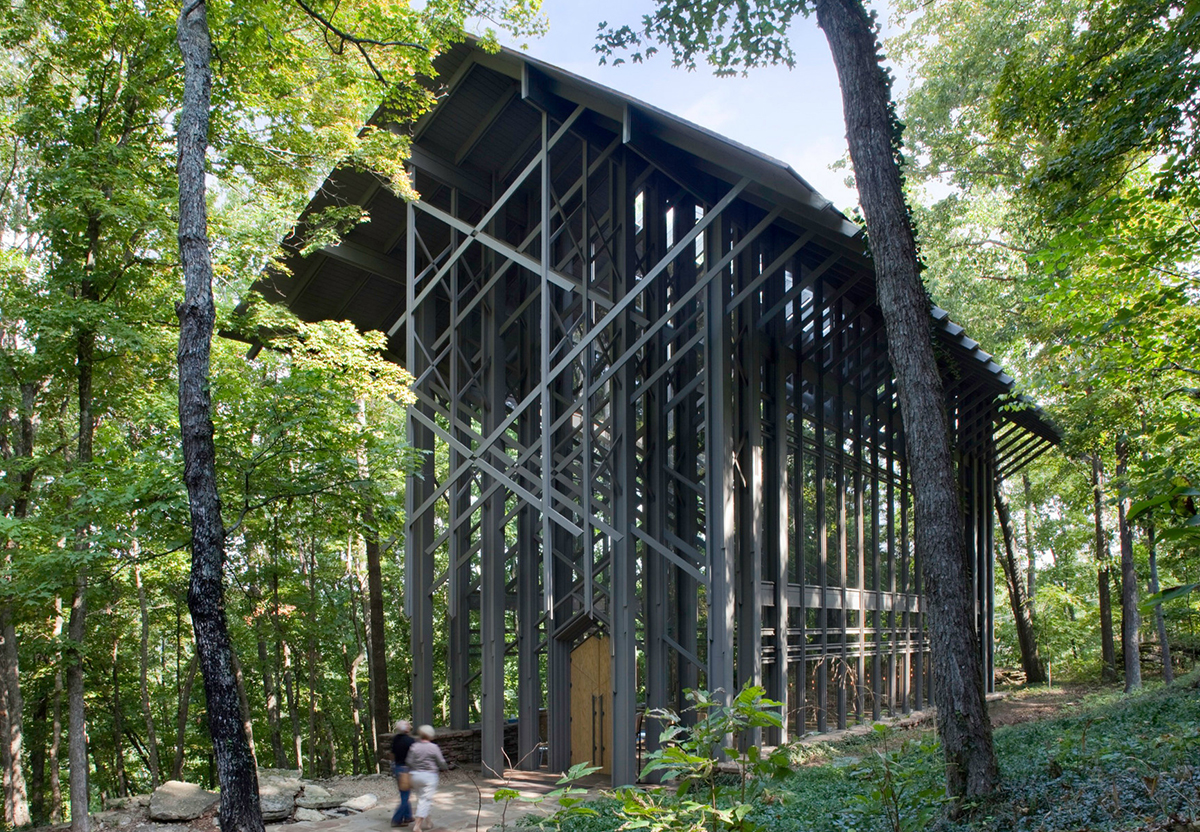
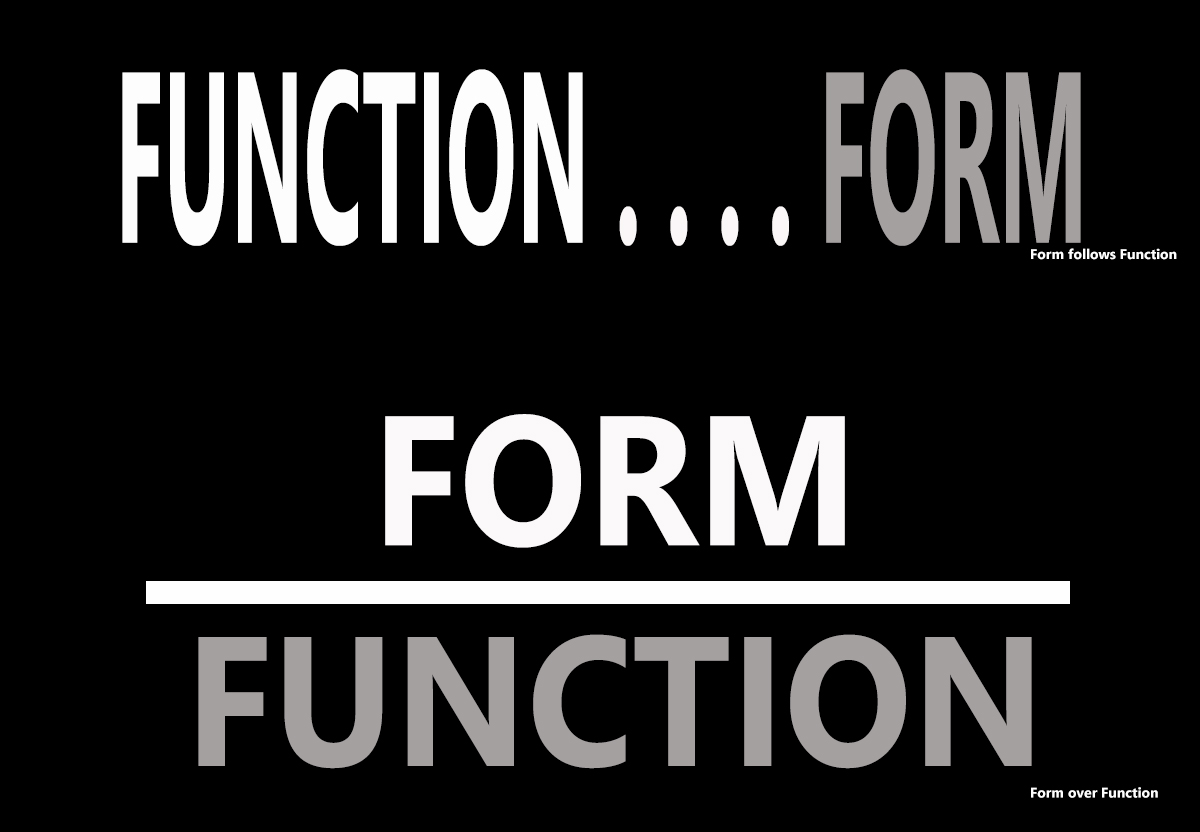
There is a sector of the work being done currently that has taken the idea even to the point of Function Dictates Form, which produces some very benign and possibly loathsome architecture. (definitely lower case “a” here) While as a principal of my own office I can understand the push of budgets, limits of time, and will of clients can completely reshape your project in some instances, we should all strive for better. This is what will give us a return to our influence over the built environment as a whole and allow our profession to do what it does best and solve problems in a holistic and meaningful way. Food for thought…
Until next time, 
